search:xbee相關網頁資料
xbee的相關文章
瀏覽:656
日期:2025-11-30
Origin of Xbee Composition Operating mode Instructions of use Packaging FAQ Xbee is a natural organic additive for fossil fuels. Professor Shinji Makino and his Japanese laboratory crew have developped it over many years of research by combining biotechno...
瀏覽:637
日期:2025-12-05
XBee is the brand name from Digi International for a family of form factor compatible radio modules. The first XBee radios were introduced under the MaxStream brand in 2005[2] and were based on the 802.15.4-2003 standard designed for point-to-point and st...
瀏覽:380
日期:2025-11-30
Digi's programmable XBee Gateway connects XBee devices with cloud-based applications over Cellular, Wi-Fi or Ethernet. Featuring a simple Python-based development platform, the gateway enables custom applications to run locally while interfacing across .....
瀏覽:1124
日期:2025-12-03
The DTR, RTS, RESET and RX pins (going into the XBee) pass through a level converter chip that brings the levels to 3.3V. You can use pretty much anywhere between 2.7 to 5.5V data to communicate with the XBee. The breakout pins on the bottom of the board ...
瀏覽:919
日期:2025-11-30
XBee 802.15.4 (formerly Series 1) OEM 2.4 GHz modules are ideal for low-cost, low-power wireless sensor networks. ... Compatibility Note: XBee and XBee-PRO 802.15.4 modules are compatible with other devices that use XBee 802.15.4 technology. These ......
XBee Module - Series 1 - 1mW with Wire Antenna [XB24-AWI-001] ID: 128 - $22.95 : Adafruit Industries
瀏覽:708
日期:2025-11-30
Adafruit Industries, Unique & fun DIY electronics and kits XBee Module - Series 1 - 1mW with Wire Antenna [XB24-AWI-001] ID: 128 - This is our most popular XBee wireless module: the series 1 802.15.4 protocol 1mW with wire antenna. Its good for point-to-p...
瀏覽:1351
日期:2025-12-06
Blogs rapplogic External links XBee API Downloads Groups XBee-Arduino Forum Overview This is an Arduino library for communicating with XBees in API mode, with support for both Series 1 (802.15.4) and Series 2 (ZB Pro/ZNet). This library Includes support f...
瀏覽:587
日期:2025-12-03
The transmitter XBee connects directly to the FTDI cable/computer and the receiver is wired to the target Arduino. Here I use a half-sized breadboard and rubber band since not much space is necessary. Solder a wire from pin D3 on the receiver XBee adapter...



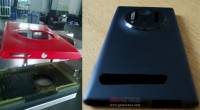

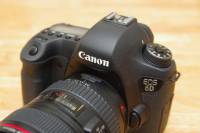
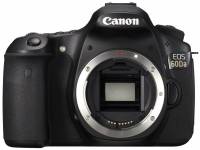

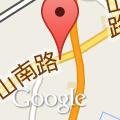

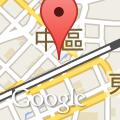


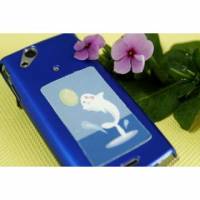
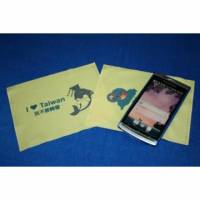
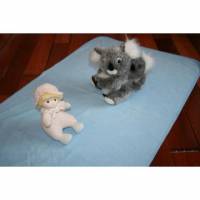
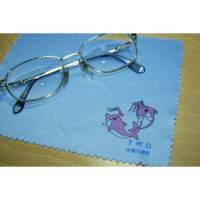
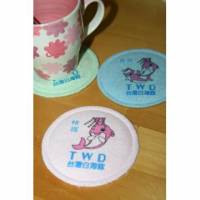





![XBee Module - Series 1 - 1mW with Wire Antenna [XB24-AWI-001] ID: 128 - $22.95 : Adafruit Industries](https://www.iarticlesnet.com/pub/img/site/s_01.jpeg)





![[面白日本] Amazon jp 註冊超簡易!看完本教學,買日本的書 CD通通用亞馬遜寄台灣,超省錢](https://www.iarticlesnet.com/pub/img/article/71488/1449991272738_xs.jpg)






